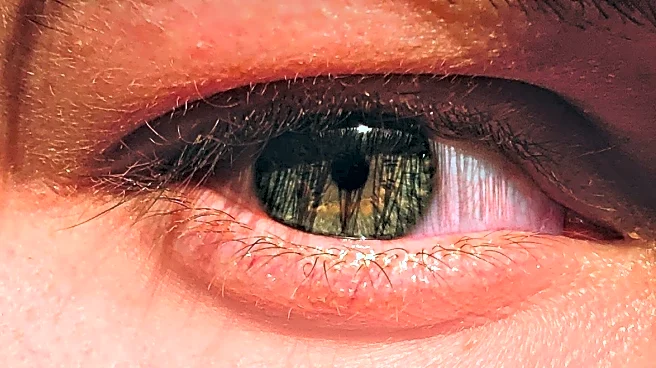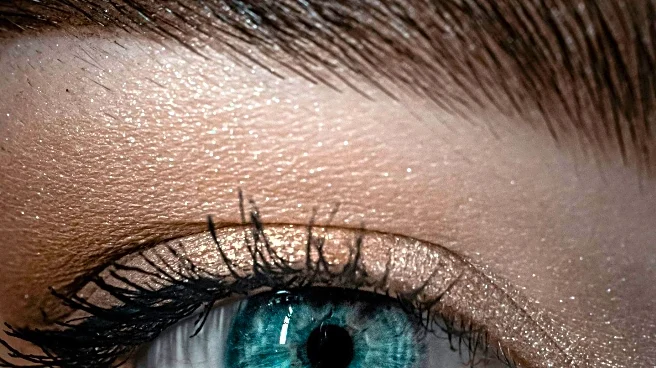What's Happening?
A prospective case series has examined the correlation between peripheral vitreoretinal abnormalities (PVA) and the risk of malignant glaucoma (MG) in patients with nanophthalmos and secondary angle closure glaucoma (NSACG). The study involved 47 eyes from 25 patients, identifying PVA as a hyperreflective echo in the peripheral vitreoretinal region. The research found that eyes with PVA had a higher incidence of MG postoperatively compared to those without PVA. Logistic regression analysis highlighted several risk factors for MG, including older age and greater angle occlusion.
Why It's Important?
This study provides valuable insights into the anatomical predispositions that may lead to advanced angle closure glaucoma and malignant glaucoma in patients with nanophthalmos. Understanding these correlations can aid ophthalmologists in better managing and treating these conditions, potentially reducing the risk of postoperative complications. The findings emphasize the importance of thorough preoperative assessments and tailored surgical approaches for patients with NSACG.
What's Next?
Ophthalmologists may need to consider these findings when planning surgical interventions for patients with NSACG. Further research could explore preventive strategies or alternative treatments to mitigate the risk of MG in this patient population. The study suggests a need for ongoing monitoring and follow-up care to address potential complications.











